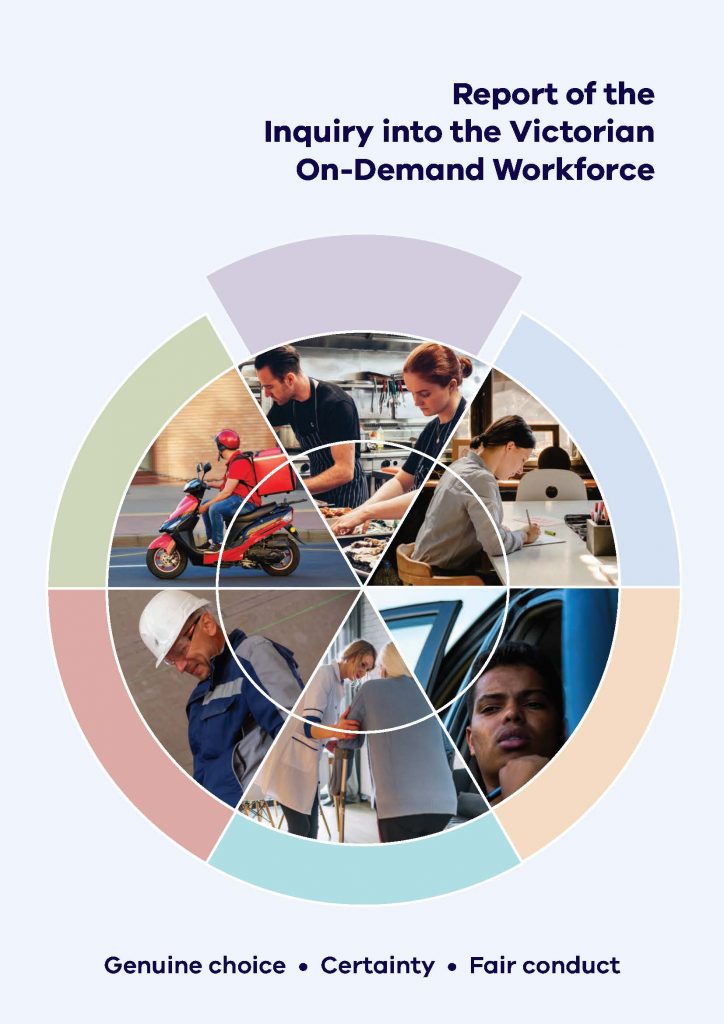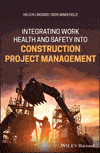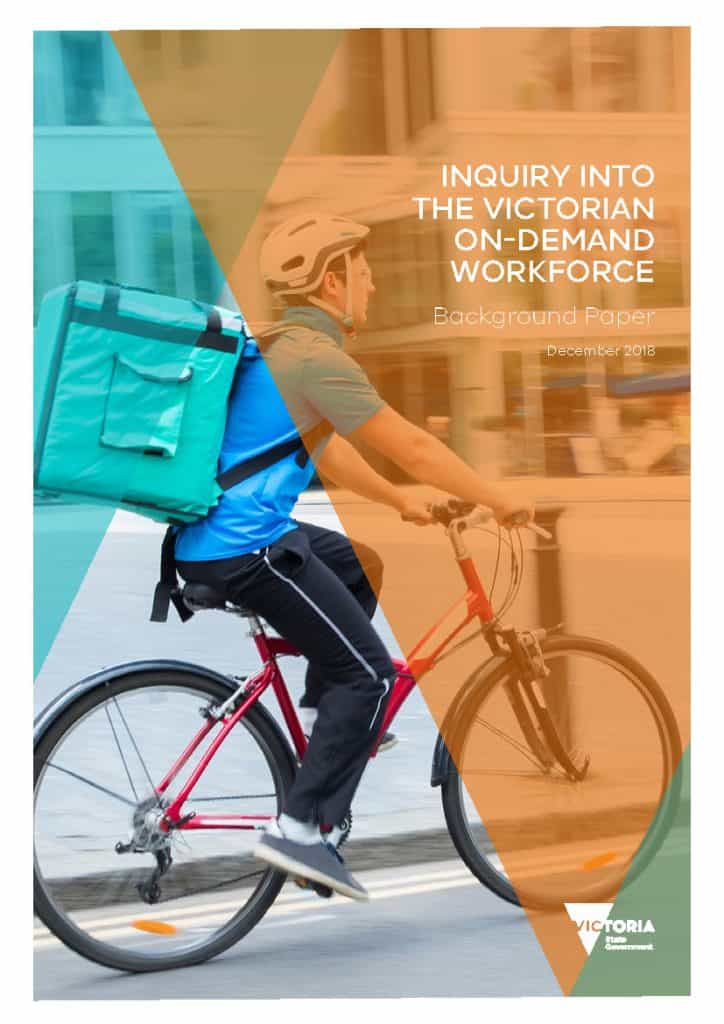
Many workers continue to work when sick. This is called presenteeism and in a time of infection pandemic, is a major problem. Many countries have addressed the COVID19 risks of presenteeism by requiring people to work from home if they can. In Australia, the message is not totally working with people ignoring the rules for various reasons.
However, presenteeism also has a deeper cultural and institutional origin that has been exploited by some and downplayed or ignored by others.
Continue reading ““Soldier On” should be “F### Off””





 Many companies have bloated workplace procedures. Many of these seem to involve workplace health and safety. Some people blame this on a bureaucracy designed in the olden times by someone, that somehow still exists and is maintained by someone or some process that no one sees or knows. Some prominent Australian researchers have looked into this issue and have written about “safety clutter”* which they say is:
Many companies have bloated workplace procedures. Many of these seem to involve workplace health and safety. Some people blame this on a bureaucracy designed in the olden times by someone, that somehow still exists and is maintained by someone or some process that no one sees or knows. Some prominent Australian researchers have looked into this issue and have written about “safety clutter”* which they say is: